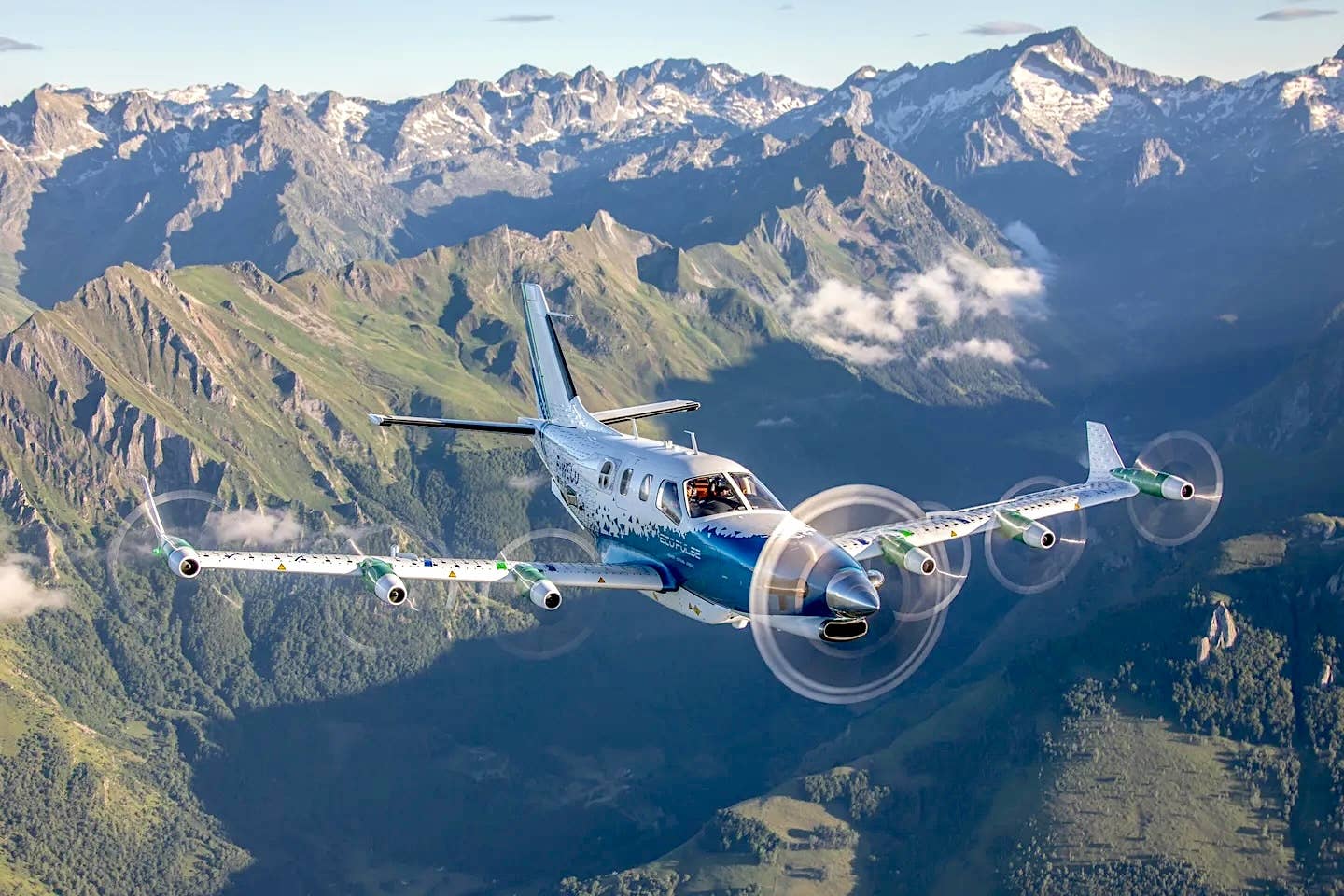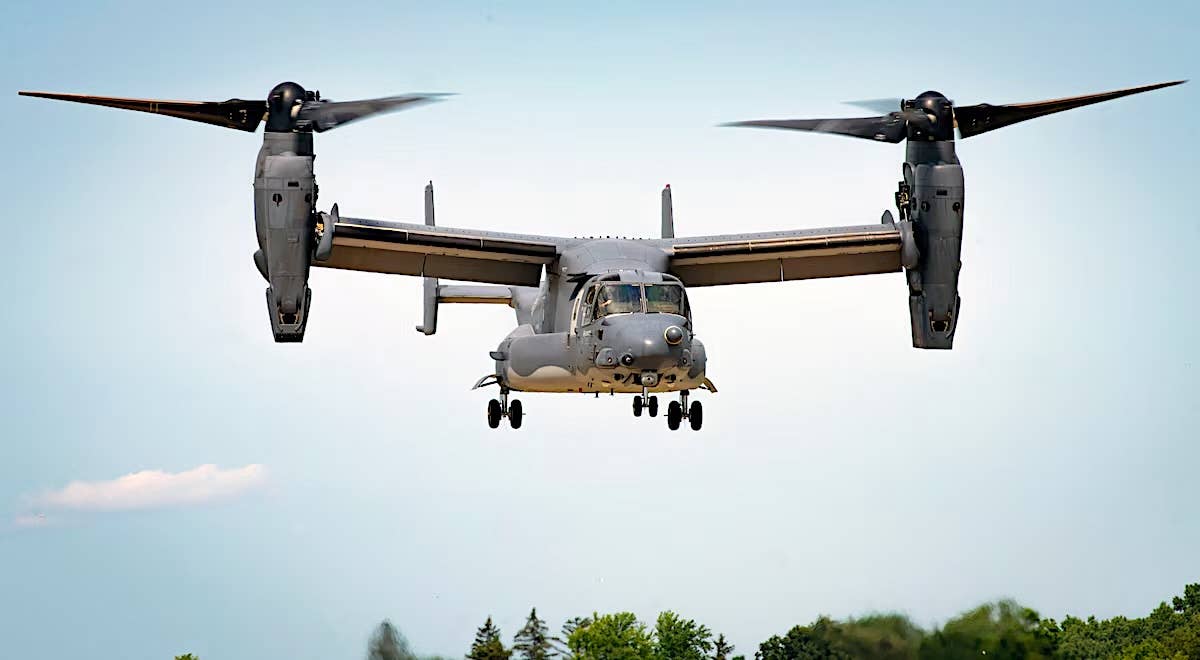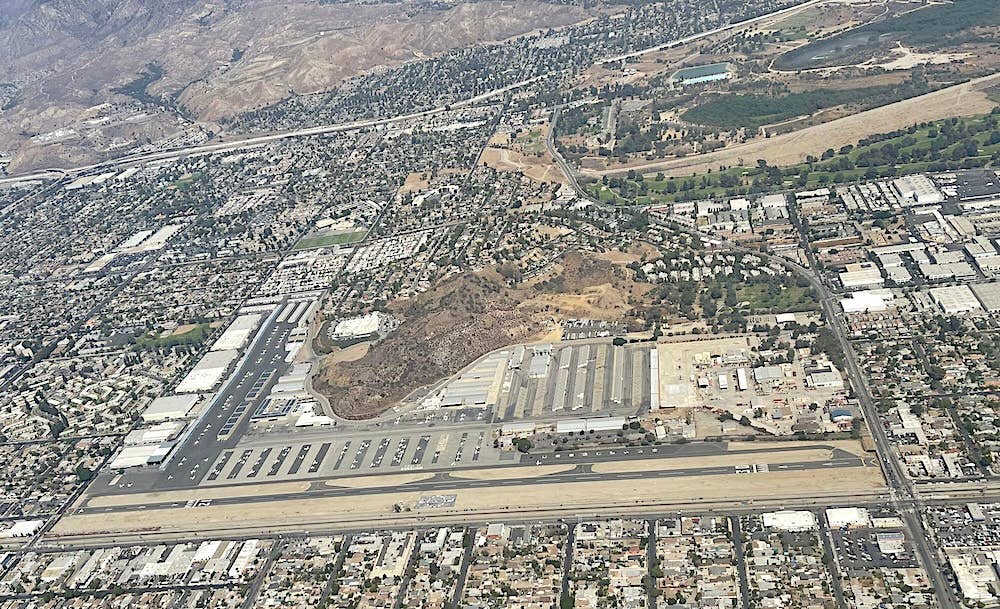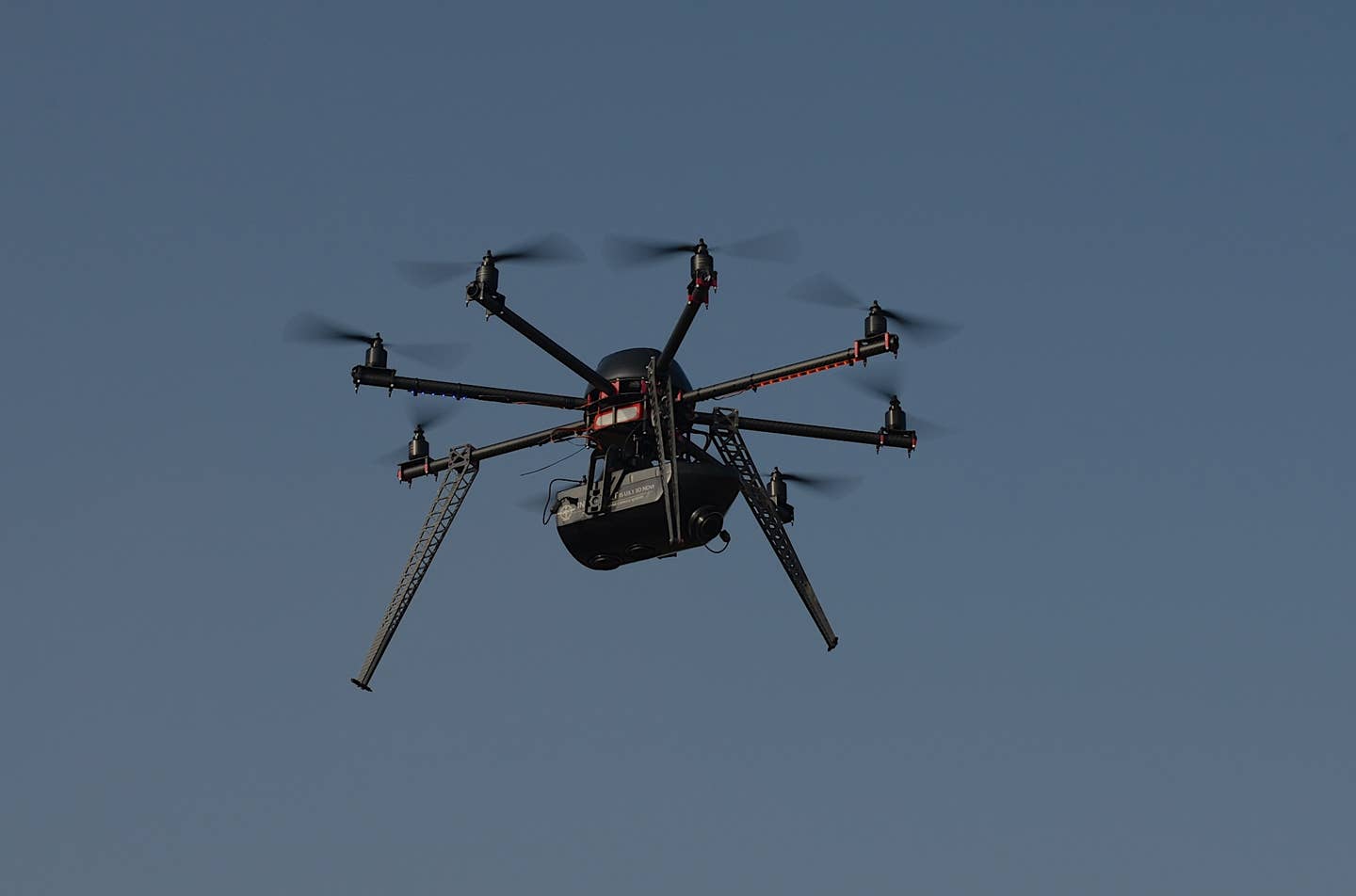The Small UAS Rules Sneak Out
It wasn’t the FAA’s most graceful entrance, but the rule is better than we could have ever imagined. Here’s hoping it stays that way.
When I was reading over the draft small UAS regs and analysis that leaked out of the FAA over the weekend, I couldn't help thinking … man, this feels like a breech birth assisted with a crowbar. For one thing, the timing caught the FAA off guard. Thanks to the wonders of the web, the analysis got accidentally posted and vacuumed up by Forbes-and us-forcing the FAA into a damage-control press conference on Sunday morning, which itself got slightly fouled up. And the accompanying FAA analysis listed a long list of alternative regulatory points that the agency wisely sent to the shredder.
But guess what? The regulation that emerged-if it survives the comment process-is far better than I would have ever expected and displays a level of reasonableness and prescience we haven't seen out of the FAA in many years. It's not perfect, but it's not onerous, either. Above all, throughout the analysis, the FAA reg writers-and I'm told this is mostly the work of one guy-plainly recognize what all of us should know: Small UAS (under 55 pounds) don't represent a significant risk to flight safety, despite all the hype, the scare stories and the media horror headlines of drones flying formation with 737s at La Guardia.
Let's dispense immediately with what I'll call the Charles Schumer clause. It appears in the analysis: "The proposed rule would prohibit model aircraft from endangering the safety of the NAS." Even though this is patently absurd, it may give Sen. Schumer and his sky-is-falling constituents the warm fuzzies. The rest of us know that this regulation-officially FAR Part 107-is regulatory theater meant to show the agency is on the case and laying a restraining hand on all these drone crazies. Subjected to multiple howls from Congress and the UAV community and faced with technology on an asymptotic trajectory, the agency was forced into a delicate dance in a regulatory realm I'm sure it never wanted to enter. But I have to say I'm mildly impressed with the resultant two-step, even if it was slow in coming.
First the particulars. Part 107 deals only with the commercial or non-recreational use of sUAS. Scale RC aircraft and drones flown for fun are still basically ungoverned under section 336 of PL 112-95. For years, the FAA has punted to the guidelines established by the Academy of Model Aeronautics and that will continue. Those guidelines (PDF)are simple and sensible.
For commercial use, the NPRM proposes a special sUAS certificate for operators obtainable by taking a written test, plus a TSA security vetting. Minimum age is 17. The reg would also require a recurrent test every 24 months and although no medical is required, the regulation would stipulate that the operator self certify medical fitness, just as certificated pilots do every day between medical exams. The agency estimates the cost of obtaining the certificate at under $300. That's hardly onerous, although I might quibble with the exam not being accessible online and perhaps the minimum age being too high. Some of the best drone flyers are 12.
Operationally, the sUAS must be line of sight only, no remote FPV sensing for sole control, although FPV can be used; daylight, VFR operations only in Class G airspace. Ops in other airspace-other than Class A-is allowed with ATC permission. Maximum allowed altitude is 500 feet; max speed is 100 MPH. The sUAS would have to be made available to the FAA for inspection, if requested, and the operator would be expected to perform a pre-flight. The aircraft are prohibited from flying over people not involved in the drone operation and can't be operated from a moving vehicle, except a boat. (Nice exception, that one.)The rule also proposes a microUAS category that could be operated over people and would require just self-certification of the necessary aeronautical knowledge. MicroUAS would likely be 4.4 pounds or under. The Parrot drones would easily qualify. Large potential there, I think.
If all of this benign-sounding, common-sense stuff sounds like the FAA doesn't see sUAS as a significant safety threat, the agency said as much in the analysis, which struck me as a surprisingly bold admission, and a welcome one.
So if this rule makes into the FARs, what does it accomplish? Not a lot, really. The FAA staked out commercial operation of sUAS in its regulatory purview, despite no framework to support that. This rule would thus decriminalize all the small drone business operations that are going on under the radar now and will likely continue and expand until this rule is final in 18 months to two years. That would be the realtors shooting property, the TV stations doing spots and news, and farmers inspecting crops, just to name a few. For as simple, reasonable and non-onerous as they are, I find it impossible to see how these rules will materially improve safety or even reduce risk much. But then, as I noted, that's not the primary point. Optics is the primary point. Still, FAR 107 does provide a good starting point without unsheathing the big regulatory stick. And I suspect once the rule is in place, those players now chilled by the lack of regulatory blessing will come into play. Those numbers could be significant.
None of the mainstream media reports I saw on Sunday did much to explain the glaring dichotomy in this rule. We've seen a steady stream of scare stories-there was another on NBC News last night-and it's unlikely these sightings are of drones used by people trying to make a living with them. They're more likely hobbyists who are either stupidly pushing the altitude limits of their machines or just suffering fly aways. I'm guessing the former. FAR 107 leaves them to their own moronic devices and, frankly, short of banning the sales of sUAS, I don't see a solution to this. These guys aren't the type to even know about regulations, much less adhere to them.
But without saying as much, I think the FAA realizes even these operations don't represent significant risk to air traffic. You can make your own judgment, but mine is that the risk has been completely overstated. For all we know, an airliner has already taken a drone hit and no one even noticed.
And that gets us to the first round of the comment rodeo. Several oxes stand to be gored by the rapid advance of this technology. Most at risk for disruption is the helicopter-based camera market. Small UASs have already impacted this and that's likely to accelerate. So I'd expect some pushback in the comments from the helicopter community. As we've reported, ALPA is hardover on the introduction of UAS into the national airspace and has pushed for pilots and aircraft to meet commercial standards. The association has mainly focused on heavier UAS, but those aircraft are beyond the scope of 107. Last, the agricultural community. Ag drones are in use in other countries, but again, they're heavier than 55 pounds, so 107 doesn't apply. But this rule foretells a future that's sooner rather than later.
Last, look in the mirror. Do you see a pilot fearful of a midair with a sUAS? If so, you may be joining others offering negative comments and perhaps arguing for an outright ban. (That's unlikely to happen.) Every GA pilot has to make his or own call on this one. Personally, I'll be commenting favorably on the rule. The sooner we launch with sUAS rocket, the better. I see benefits for all.
Last week, I shot a video on a test flight of DJI's latest affordable drone, the Inspire. See it here.
Join the conversation.
Read others' comments and add your own.






